Home>Garden Essentials>How To Get Seeds From Wildflowers
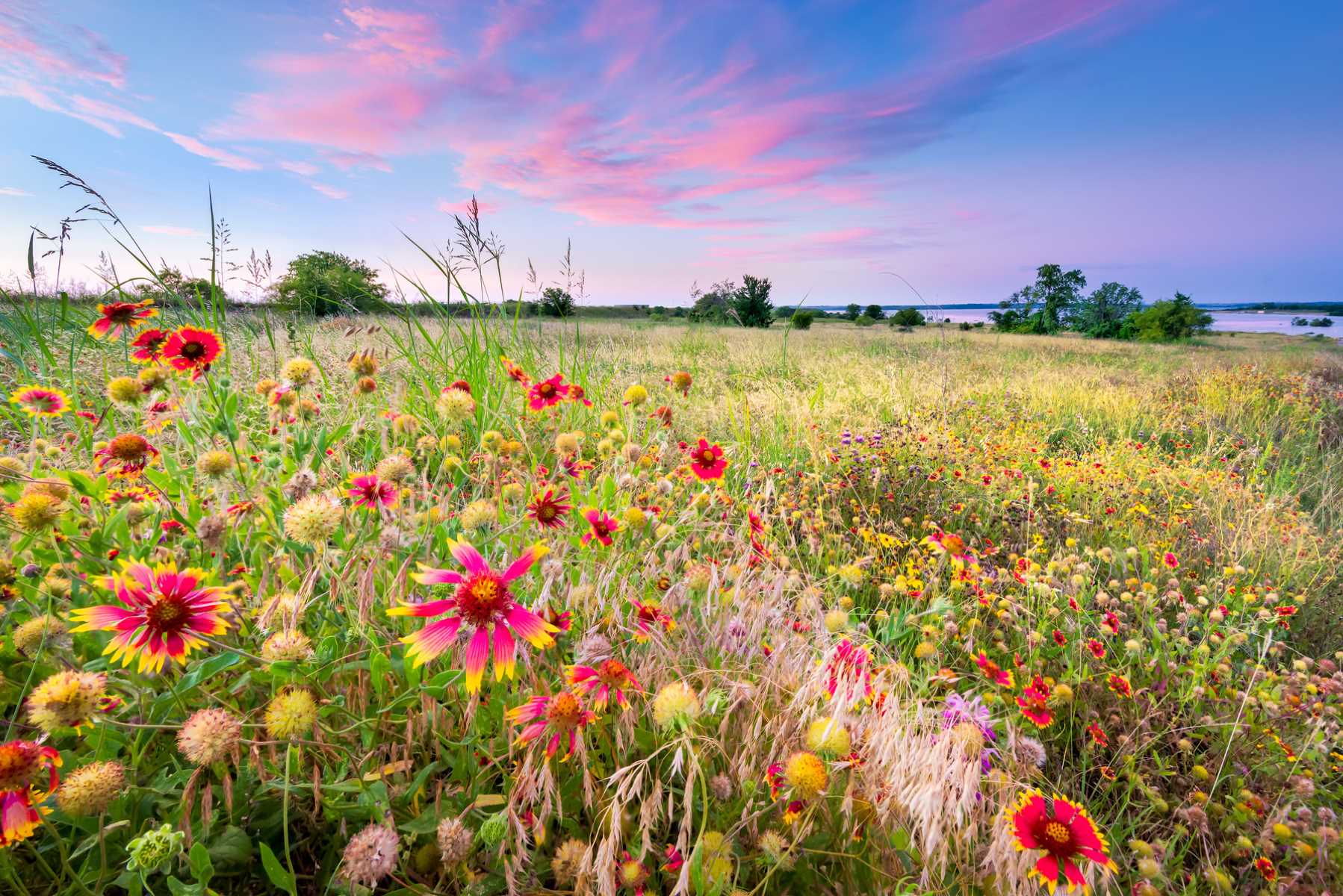

Garden Essentials
How To Get Seeds From Wildflowers
Modified: October 20, 2024
Learn how to collect seeds from wildflowers to enhance your garden. Get practical tips and step-by-step instructions for successful seed harvesting.
(Many of the links in this article redirect to a specific reviewed product. Your purchase of these products through affiliate links helps to generate commission for Storables.com, at no extra cost. Learn more)
Introduction
Welcome to the world of wildflowers, where nature’s beauty flourishes and surprises await at every corner. There is something incredibly enchanting about these delicate and vibrant blooms that effortlessly transform any landscape into a colorful tapestry. And what better way to bring the splendor of wildflowers to your own garden than by collecting seeds from these captivating plants?
Collecting seeds from wildflowers is not only an exciting endeavor but also a sustainable way to propagate and introduce new varieties to your garden. Whether you’re a seasoned gardener or a novice in the world of horticulture, this comprehensive guide will provide you with everything you need to know to successfully collect, store, and plant wildflower seeds.
Before embarking on your wildflower seed collection journey, it’s important to understand the anatomy and life cycle of these unique plants. Wildflower seeds are the reproductive structures of the flowers, encasing the genetic information necessary for the growth and development of new plants. Each wildflower species has its own distinct seed characteristics, ensuring diversity and individuality in the resulting plants.
As you explore the world of wildflower seeds, you’ll be amazed by the variety of shapes, sizes, and colors they come in. Some seeds may be tiny and round, while others may be elongated or have intricate patterns. Each seed holds the potential to give life to another beautiful wildflower, perpetuating the cycle of nature’s enchanting blooms.
When it comes to collecting wildflower seeds, the first step is to choose the right plants to collect from. Not all wildflowers produce viable seeds, and it’s essential to select those species that are known for their healthy and abundant seed production. With a wide range of wildflowers to choose from, it’s important to research and identify the specific species that are native to your region and thrive in your garden’s conditions.
Once you’ve identified the target species, gathering the necessary tools and equipment is crucial for the seed collection process. A small pair of scissors or pruners, envelopes or paper bags, and a field notebook for documenting information will make the process much smoother. It’s also important to be mindful of ethical collection practices, ensuring that you collect seeds responsibly, without harming the natural habitat or populations.
In the following sections, we will dive deeper into each step of the wildflower seed collection process, providing you with expert advice and techniques to make your seed collection journey a success. So, grab your gardening gloves and let’s explore the world of wildflower seeds together!
Key Takeaways:
- Wildflower seeds come in various shapes, sizes, and colors, each with unique characteristics. Understanding these seeds is crucial for successful collection, storage, and planting in your garden.
- When collecting wildflower seeds, it’s important to choose the right plants, gather the necessary tools, and identify the perfect time for seed collection. By following these steps, you can create a vibrant and flourishing wildflower garden.
Read more: How To Get Seeds From Petunias
Understanding Wildflower Seeds
Wildflower seeds are the key to growing these beautiful plants in your garden. Understanding the characteristics and behavior of these seeds is essential for successful collection, storage, and planting. Let’s delve into the fascinating world of wildflower seeds.
Wildflower seeds come in a wide variety of shapes, sizes, and colors. Some seeds are tiny and almost dust-like, while others are larger and easier to handle. The size and shape of the seed often correspond to the specific wildflower species, with each species having its unique seed characteristics.
The color of wildflower seeds can also vary, ranging from light beige or brown to black. This coloration is due to the presence of pigments and coatings that protect the seed and aid in germination. These coatings may serve as a deterrent to predators or help the seeds absorb water more efficiently.
Another important factor to consider is the lifespan of wildflower seeds. Some seeds have a relatively short viability period, meaning they can only remain viable for a few months to a couple of years. Other seeds, however, can remain viable for many years, allowing for the possibility of collecting and storing them for future use.
Understanding the dormancy mechanisms of wildflower seeds is also crucial. Dormancy is a state of seed inactivity, where the seed lies dormant until the right conditions trigger germination. Different wildflower species have different dormancy requirements, such as a specific period of cold stratification or exposure to heat or fire, before they can sprout.
Some wildflower seeds require scarification, a process that helps break their tough outer coating, allowing moisture to penetrate and promote germination. This can occur naturally through exposure to natural elements like wind, water, or even the digestive system of animals, or it can be artificially induced by mechanical means like sanding or soaking in hot water.
Understanding the specific requirements of the wildflower seeds you’re collecting is crucial for ensuring successful germination and growth. Researching the individual species and their seed characteristics will help you determine the best methods for collecting, storing, and planting the seeds.
By gaining a deeper understanding of wildflower seeds, you will be better equipped to embark on your seed collection adventure. Armed with this knowledge, you can confidently choose the appropriate wildflowers to collect seeds from, ensuring a beautiful and thriving garden filled with the wonders of nature.
Choosing the Right Wildflowers to Collect Seeds From
When it comes to collecting wildflower seeds, selecting the right plants is crucial for a successful and bountiful harvest. Not all wildflowers produce abundant seeds, and it’s important to choose species that are known for their prolific seed production and adaptability. Here are some guidelines to help you choose the right wildflowers to collect seeds from.
First and foremost, consider the native wildflowers in your region. Native wildflowers are adapted to the local climate, soil conditions, and biodiversity, making them well-suited to thrive in your garden without requiring excessive maintenance. By selecting native species, you’ll also be helping to preserve the natural ecosystems and support local wildlife.
Next, consider the growth habits and characteristics of the wildflowers you’re interested in collecting seeds from. Some wildflowers, like sunflowers or black-eyed Susans, are known for their tall and showy blooms, while others, like creeping phlox or creeping thyme, are low-growing ground covers. Choose wildflowers that will complement your existing garden layout or fill specific niche areas in your landscape.
It’s also important to assess the environmental conditions of your garden. Take note of the amount of sunlight, soil type, and moisture levels in the different areas of your garden. Certain wildflower species may prefer full sun, while others may thrive in partially shaded areas. Understanding these conditions will help you select the right wildflowers that will thrive in your garden’s specific microclimates.
Consider the wildlife benefits of the wildflowers you choose. Many wildflowers are not only visually stunning but also serve as important sources of nectar and food for bees, butterflies, and other pollinators. Selecting wildflowers that attract and support these beneficial insects will enhance the biodiversity and health of your garden ecosystem.
If you have specific goals or preferences for your garden, such as attracting hummingbirds or creating a butterfly garden, make sure to choose wildflowers that are known for their appeal to these specific creatures. Species like bee balm, milkweed, and butterfly bushes are popular choices for attracting these beloved winged visitors.
When collecting seeds, keep in mind that some wildflowers may cross-pollinate with other nearby plant species, leading to hybridization and potentially altering the characteristics of the resulting plants. If you are aiming for pure strains of a particular wildflower species, make sure to choose plants that are isolated from cross-pollination sources, or collect seeds from wildflower populations known for their genetic purity.
Lastly, consider the maintenance requirements of the wildflowers you’re interested in. Some species may be more tolerant of drought or require less frequent watering, making them ideal for low-maintenance gardens. Others may be more prone to diseases or pests and require more diligent care. Be realistic about the time and effort you’re willing to invest in maintaining your chosen wildflowers.
By carefully considering these factors, you can choose the right wildflowers to collect seeds from, ensuring a successful and flourishing garden that reflects your personal tastes while supporting the local ecosystem. So, explore the world of wildflowers, and let nature’s beauty inspire your seed collection journey.
Tools and Equipment Needed
When it comes to collecting wildflower seeds, having the right tools and equipment can make the process much easier and more efficient. Here is a list of essential items you’ll need to gather the seeds successfully:
- Scissors or Pruners: A small pair of sharp scissors or pruners will be your best friends when it comes to harvesting wildflower seeds. Look for tools with a clean cutting edge to ensure a precise and clean cut, minimizing damage to the plants.
- Envelopes or Paper Bags: Once you’ve collected the seeds, you’ll need a place to store them. Envelopes or paper bags are ideal for this purpose. Make sure they are clean, dry, and labeled correctly to avoid confusion later on.
- Field Notebook or Labels: Keeping track of the seed collection process is essential for organization and future reference. A field notebook or labels will help you record information such as the date, location, species, and any other notable observations about the plants or seeds.
- Tweezers or Forceps: Some wildflower seeds can be quite small and delicate, making them difficult to handle with just your fingers. Tweezers or forceps can provide better precision and control when picking up and manipulating these tiny seeds.
- Plant Identification Guide: A reliable plant identification guide specific to your region or the wildflowers you’re interested in collecting seeds from is invaluable. It will help you correctly identify the plants, ensuring you’re collecting seeds from the right species.
- Camera: Having a camera handy will allow you to capture images of the wildflowers and their seeds. This is especially helpful if you’re unsure about the identification or want to document the process for future reference or sharing.
- Gloves: While not necessary, wearing gloves can protect your hands from thorns, prickly hairs, or any irritants that wildflowers may have. It’s always better to be safe than sorry.
Remember to clean and sanitize your tools before and after each use to prevent the spread of diseases or pests. It’s also essential to practice ethical seed collection techniques, ensuring that you do not harm the plants or their surrounding environment while collecting seeds. Be mindful of any regulations or restrictions in your area regarding seed collection from natural habitats.
By having these essential tools and equipment at your disposal, you’ll be well-equipped to embark on your wildflower seed collection adventure. So, gather your gear, step into nature, and let the wonders of wildflowers unfold before your eyes!
Identifying the Perfect Time to Collect Seeds
Timing is critical when it comes to collecting wildflower seeds. To ensure the highest chances of success, it’s important to identify the perfect time to harvest the seeds. Here are some tips to help you determine the ideal timing for seed collection:
Observe the Seed Heads or Pods: One of the most reliable indicators of seed maturity is the appearance of the seed heads or pods. Pay attention to changes in color, texture, and size. In most cases, seeds are ready to be collected when the seed heads or pods start to dry out or change color. Look for signs that the seeds have fully developed or are starting to detach from the plant.
Timing the Harvest with Flowering and Fruiting: For some wildflower species, the timing of seed collection can coincide with their flowering or fruiting season. Monitor the plants throughout their lifecycle to determine when they start producing seed heads or when the fruits begin to ripen. This can be a good indication that the seeds are mature and ready to be collected.
Consider the Climate and Local Conditions: The climate and local growing conditions can also influence the timing of seed collection. In general, it’s best to collect seeds during dry weather when the seed heads or pods are less likely to be damp or affected by fungal growth. Avoid collecting seeds during rainy or humid periods, as this can reduce seed viability and increase the risk of mold or rot.
Be Mindful of Seed Dispersal Mechanisms: Some wildflowers have unique seed dispersal mechanisms that can indicate when it’s time to collect the seeds. For example, if the seeds are wind-dispersed, you may notice the seed heads starting to open up or the seeds becoming loose and easily detachable. For species with burrs or hooks, the seeds might be ready when the burrs become dry and brittle, allowing them to easily cling on to passersby.
Perform a Seed Viability Test: If you’re unsure whether the seeds are mature and viable, you can perform a simple seed viability test. Take a small sample of the seeds and try germinating them under controlled conditions. If a significant percentage of seeds successfully sprout, it’s a good indication that the majority of the seeds are ready for collection.
Consult Local Gardening Resources: Local gardening resources, such as gardening clubs, horticultural societies, or botanical gardens, can provide valuable insight into the optimal timing for seed collection in your specific area. They have the knowledge and experience with local wildflower species and can provide guidance on the ideal conditions and timing for seed harvest.
Remember that the timing of seed collection can vary depending on the specific wildflower species. Some may produce seeds early in the season, while others may need more time to develop. Patience and careful observation are key when determining the perfect time to collect seeds.
By honing your observation skills and considering the various factors mentioned above, you’ll be able to identify the optimal time for seed collection. This will increase the chances of successfully propagating these enchanting wildflowers in your garden and enjoying their beauty for years to come.
After the wildflowers have bloomed, wait for the seed heads to dry out. Then, gently shake or rub the seed heads to release the seeds. Store the seeds in a cool, dry place until you are ready to plant them.
Read more: How To Get Seeds From Beets
Finding Wildflower Seed Sources
Once you’ve decided to embark on the journey of collecting and planting wildflower seeds, the next step is finding reliable sources to acquire these seeds. Here are some effective ways to find wildflower seed sources:
Local Nurseries and Garden Centers: Start your search by exploring local nurseries and garden centers in your area. Many of these establishments carry a wide variety of wildflower seed packets or offer bulk seed options. The staff at these locations can provide valuable advice on selecting the right seeds for your specific needs and offer guidance on planting and caring for wildflowers.
Seed Swaps and Exchanges: Connect with gardening communities and enthusiasts who share your passion for wildflowers. Seed swaps and exchanges are wonderful opportunities to obtain a diverse selection of wildflower seeds. These events can be organized by local gardening clubs, community centers, or even online forums. Participating in seed swaps allows you to share your own collected seeds and discover unique varieties from fellow gardeners.
Online Seed Retailers: The internet is a treasure trove of wildflower seed sources. Many reputable online seed retailers specialize in wildflowers and offer a vast range of seeds to choose from. These websites provide convenience and accessibility, allowing you to browse through different species, compare prices, and read customer reviews. Be sure to choose a reputable retailer with good reviews and ratings to ensure the quality of the seeds you purchase.
Botanical Gardens and Arboretums: Visit local botanical gardens and arboretums in your area to explore their gift shops or plant sales. These facilities often have their own seed collection programs and may sell wildflower seeds that are native to the region. Not only will you find high-quality seeds, but you can also learn more about the indigenous flora and gain inspiration for your own wildflower garden.
Wildflower Seed Companies: There are specialized seed companies that focus on harvesting and supplying wildflower seeds. These companies often collect seeds from specific regions or ecosystems, ensuring that the seeds they offer are well-adapted to the local conditions. Research reputable seed companies that specialize in native wildflowers and consult their catalogs or websites to find the perfect seeds for your garden.
Wildflower Seed Harvesting Workshops: Look out for workshops or courses dedicated to wildflower seed harvesting. These events bring together experienced gardeners and experts who can guide you through the process of collecting and storing wildflower seeds. Not only will you gain practical knowledge, but you may also have the opportunity to collect seeds directly from the workshop’s location.
When sourcing wildflower seeds, it’s important to prioritize native and locally adapted varieties. These seeds are typically better suited to the ecosystem and can contribute to biodiversity conservation. They also hold a greater chance of successful germination and growth in your garden.
Once you’ve acquired your wildflower seeds, remember to carefully read and follow the planting instructions provided. Different species may have specific requirements in terms of soil conditions, light exposure, and moisture levels. By selecting high-quality seeds and understanding their unique needs, you can cultivate a vibrant wildflower garden that will bring joy and beauty to your outdoor space.
Techniques for Collecting Seeds
Collecting wildflower seeds is a rewarding and exciting process that allows you to preserve and propagate the beauty of these plants. Here are some techniques to help you successfully collect seeds from wildflowers:
1. Choose the Right Time: As mentioned earlier, timing is crucial when it comes to collecting seeds. Wait until the seed heads or pods have matured and started to dry out or change color. This ensures that the seeds have reached their full potential and are more likely to germinate successfully.
2. Prepare Your Tools: Before you start collecting, ensure you have the necessary tools ready. Use sharp scissors or pruners to cut the seed heads or pods from the plants. Clean and sanitize your tools to prevent the spread of diseases.
3. Target Healthy Plants: Look for healthy and vigorous plants with abundant seed production. Avoid collecting seeds from weak or diseased plants, as this may affect the quality and viability of the collected seeds.
4. Collect Seeds Correctly: It’s important to collect seeds from different parts of the plant, as some wildflowers may produce seeds in the flowers, while others produce them in the seed heads or pods. Carefully cut or pinch the desired part of the plant to collect the seeds, ensuring you don’t damage the surrounding foliage.
5. Use Seed Catching Techniques: To prevent seeds from scattering or getting lost, consider using techniques to catch the seeds as you collect them. One method is to hold a bag or envelope underneath the seed heads or pods as you cut or shake them gently, allowing the seeds to fall into the container.
6. Label and Document: It’s essential to keep track of the seeds you collect. Label the container or envelope with the species name, collection date, and any other relevant information. Take notes or photographs to document the plants and their seed characteristics for future reference.
7. Respect Natural Habitats: When collecting seeds, be mindful of the environment and the plants themselves. Only collect seeds from abundant populations, leaving enough seeds in the wild to ensure the survival of the species. Avoid damaging the plants or their surrounding habitat during the collection process.
8. Leave Some Seeds Behind: To support the natural ecosystem and ensure the continuous growth of wildflowers, it’s important to leave some seeds behind for wildlife, pollinators, or natural reseeding. This helps maintain biodiversity and sustains the populations of these beautiful plants.
9. Avoid Mixing Species: As you collect seeds, it’s crucial to keep different species separate to avoid mixing them. This is important if you plan to propagate specific wildflower species without hybridization. Keep the collected seeds in separate envelopes or containers labeled with their respective species names.
10. Respect Local Regulations: Depending on where you live, there may be regulations or restrictions on collecting wildflower seeds from public lands or protected areas. Make sure to familiarize yourself with the local regulations and adhere to them when collecting seeds.
By following these techniques for collecting seeds, you can ensure the preservation and successful propagation of wildflowers. Be patient, observant, and respectful of nature, and enjoy the process of gathering these tiny gems that hold the promise of beauty and wonder in your garden.
Storing and Preserving Wildflower Seeds
Proper storage and preservation of wildflower seeds are essential to maintain their viability and ensure successful germination when it’s time to sow them. Here are some important steps to follow when storing and preserving wildflower seeds:
1. Cleaning the Seeds: Before storing the seeds, it’s important to remove any debris, chaff, or non-seed material. This can be done by gently winnowing or using fine sieves to separate the seeds from unwanted particles. Ensure that the seeds are completely dry before proceeding to the next step.
2. Air-Tight Containers: Place the cleaned and dry seeds in air-tight containers to protect them from moisture and pests. Glass jars with tight-fitting lids, sealable plastic bags, or small seed envelopes are all suitable options. Label each container with the species name and collection date for easy identification later on.
3. Cool and Dark Storage: Store the containers of wildflower seeds in a cool, dark, and dry location. Ideally, the storage area should have a temperature range of 40-50 degrees Fahrenheit (4-10 degrees Celsius). Avoid exposed areas where the seeds may be subject to sunlight or extreme temperature fluctuations.
4. Desiccant Packs: To further protect the seeds from moisture, consider adding desiccant packs to the storage containers. These packs help absorb any excess moisture that could potentially damage the seeds. You can obtain desiccant packs from packaging materials or purchase them separately.
5. Refrigeration or Freezing: For long-term storage, some wildflower seeds benefit from refrigeration or freezing. However, not all species tolerate these conditions, so it’s important to understand the specific requirements of the seeds you’re storing. If refrigerating or freezing, use moisture-proof containers to prevent condensation on the seeds when taken out of cold storage.
6. Regular Monitoring: Periodically check on the stored seeds to ensure they remain dry and free from mold or pests. If any signs of moisture, mold, or insect infestation are detected, take immediate action to address the issue. Remove any affected seeds and consider adding ventilation or adjusting storage conditions as necessary.
7. Seed Viability Testing: Over time, the viability of seeds can decline. To ensure that your stored wildflower seeds are still viable, perform occasional germination tests. Place a sample of the seeds in a small container with a moistened paper towel or seed starting mix. Keep them in a warm and well-lit area and monitor the germination progress over a few weeks. This will give you an idea of the seed viability and whether it’s time to refresh your seed collection.
8. Rotating Seed Stock: To ensure a constant supply of viable seeds, consider rotating your seed stock regularly. Every few years, collect fresh seeds from the wild or purchase new seeds from reputable sources to replenish and diversify your collection.
9. Documentation and Organization: Keep records of your stored wildflower seeds, including the species, collection date, and any other relevant information. This will help you keep track of your inventory and make it easier to locate specific seeds when it’s time to plant.
10. Sharing and Exchanging Seeds: Participate in seed exchanges or share your collected seeds with fellow gardeners and enthusiasts. This not only helps expand your collection but also contributes to the preservation and distribution of wildflower species. Be sure to follow any regulations or guidelines regarding the sharing of wildflower seeds in your area.
By following these storage and preservation practices, you can ensure the longevity and viability of your wildflower seed collection. With care and attention, the seeds will be ready to bring a burst of natural beauty to your garden when the time comes to sow them.
Planting Wildflower Seeds
Planting wildflower seeds is a delightful way to add a burst of color and beauty to your garden while supporting pollinators and local ecosystems. Here are some important steps to ensure successful germination and growth when planting wildflower seeds:
1. Site Selection: Choose an appropriate location for your wildflower garden. Most wildflowers thrive in areas that receive full sun, although there are species that can tolerate partial shade. Assess the soil conditions, ensuring they are well-draining and fertile enough to support healthy plant growth.
2. Soil Preparation: Prepare the soil before sowing the wildflower seeds. Remove any weeds or unwanted vegetation and loosen the top layer of soil to improve seed-to-soil contact. Avoid using herbicides or weed killers, as they can harm the germinating seeds or developing plants.
3. Seed Mix Selection: Choose a seed mix or select individual wildflower species that are suitable for your region and growing conditions. Consider factors such as bloom period, height, and color to create a diverse and visually appealing wildflower garden.
4. Sowing the Seeds: There are several methods for sowing wildflower seeds, including broadcast sowing, drill sowing, and spot sowing. Follow the instructions on the seed packet or mix to determine the appropriate method for the specific species you’re planting. Spread the seeds evenly over the prepared soil and lightly press them into the soil surface to improve seed-to-soil contact.
5. Watering: Keep the newly sown seeds consistently moist until they germinate. Water gently to avoid displacing or washing away the seeds. During dry spells, regular, shallow watering is essential for the successful establishment of the young plants.
6. Weed Control: As the wildflower seedlings emerge, be vigilant about controlling weeds. Hand-pull or carefully cultivate around the plants to avoid damaging them. Mulching with a thin layer of organic material can help suppress weeds and retain moisture in the soil.
7. Thin and Transplant: If the seed mix or individual species you planted require thinning, do so once the seedlings have grown a few inches tall. Remove excess seedlings to provide adequate space for the remaining plants to develop and thrive. Consider transplanting the thinned seedlings to other areas of your garden or sharing them with other gardening enthusiasts.
8. Regular Maintenance: Maintain regular care of your wildflower garden by watering as needed, especially during dry periods, and removing any invasive or unwanted plants. Depending on the species, you may need to deadhead spent flowers to encourage additional blooms and prevent self-seeding.
9. Long-Term Care: Some wildflowers are perennial, meaning they will come back year after year, while others may be biennial or annual. Be aware of the life cycle of the wildflowers you’ve planted and provide appropriate care accordingly. Perennial species may benefit from periodic division or renovation to ensure their continued vigor and health.
10. Appreciate and Enjoy: Finally, take the time to appreciate and enjoy the beauty of your wildflower garden. Watch as the plants grow, bloom, and attract bees, butterflies, and other pollinators. Take pleasure in the ever-changing landscape and the diversity of colors and forms that wildflowers bring to your garden.
Remember that wildflowers are adapted to local conditions and may have different growth patterns and maintenance requirements. Patience and observation are key to managing your wildflower garden successfully.
By following these planting guidelines, you can create a stunning wildflower garden that not only showcases nature’s beauty but also provides vital habitat and nourishment for pollinators and other wildlife. Get ready to immerse yourself in the wonders of a vibrant and flourishing wildflower haven!
Read more: How To Get Seeds From Hibiscus
Conclusion
Congratulations! You’ve reached the end of our comprehensive guide on collecting, storing, and planting wildflower seeds. By now, you should have a solid understanding of the techniques and steps involved in this fulfilling gardening endeavor. Let’s recap what we’ve learned.
We began by exploring the fascinating world of wildflower seeds, understanding their unique characteristics, and how they contribute to the beauty and diversity of nature. We then delved into the importance of selecting the right wildflowers to collect seeds from, considering factors like native species, growth habits, environmental conditions, and wildlife benefits.
Equipped with the necessary tools and equipment, we discussed the techniques for collecting seeds responsibly, emphasizing the importance of timing, ethical practices, and seed viability. We also discussed various sources for acquiring wildflower seeds, such as local nurseries, seed swaps, online retailers, botanical gardens, and wildflower seed companies.
Knowing how to properly store and preserve wildflower seeds is vital for ensuring their longevity and viability. We explored the significance of cleaning the seeds, using airtight containers, cool and dark storage, desiccant packs, refrigeration or freezing (when appropriate), regular monitoring, seed viability testing, and rotation of seed stock.
Finally, we learned the essential steps of planting wildflower seeds, including site selection, soil preparation, seed mix selection, sowing techniques, watering, weed control, thinning and transplanting, regular maintenance, and long-term care. We also emphasized the joy and appreciation that comes with creating and nurturing a wildflower garden, attracting pollinators, and witnessing the ever-changing beauty that unfolds.
Remember, gardening is a journey filled with learning experiences, observations, and adaptability. Don’t be afraid to experiment, make mistakes, and adapt your techniques to suit your specific garden and local conditions. Each wildflower seed you collect and sow enhances the tapestry of nature, contributing to the preservation of biodiversity and the enchantment of the natural world.
Now, armed with your newfound knowledge, it’s time to embrace the magic of wildflower seeds and bring their beauty to life in your own garden. So, go ahead, sow the seeds of wonder, and watch as nature rewards you with a flourishing oasis of vibrant colors and mesmerizing blooms. Happy gardening!
Frequently Asked Questions about How To Get Seeds From Wildflowers
Was this page helpful?
At Storables.com, we guarantee accurate and reliable information. Our content, validated by Expert Board Contributors, is crafted following stringent Editorial Policies. We're committed to providing you with well-researched, expert-backed insights for all your informational needs.
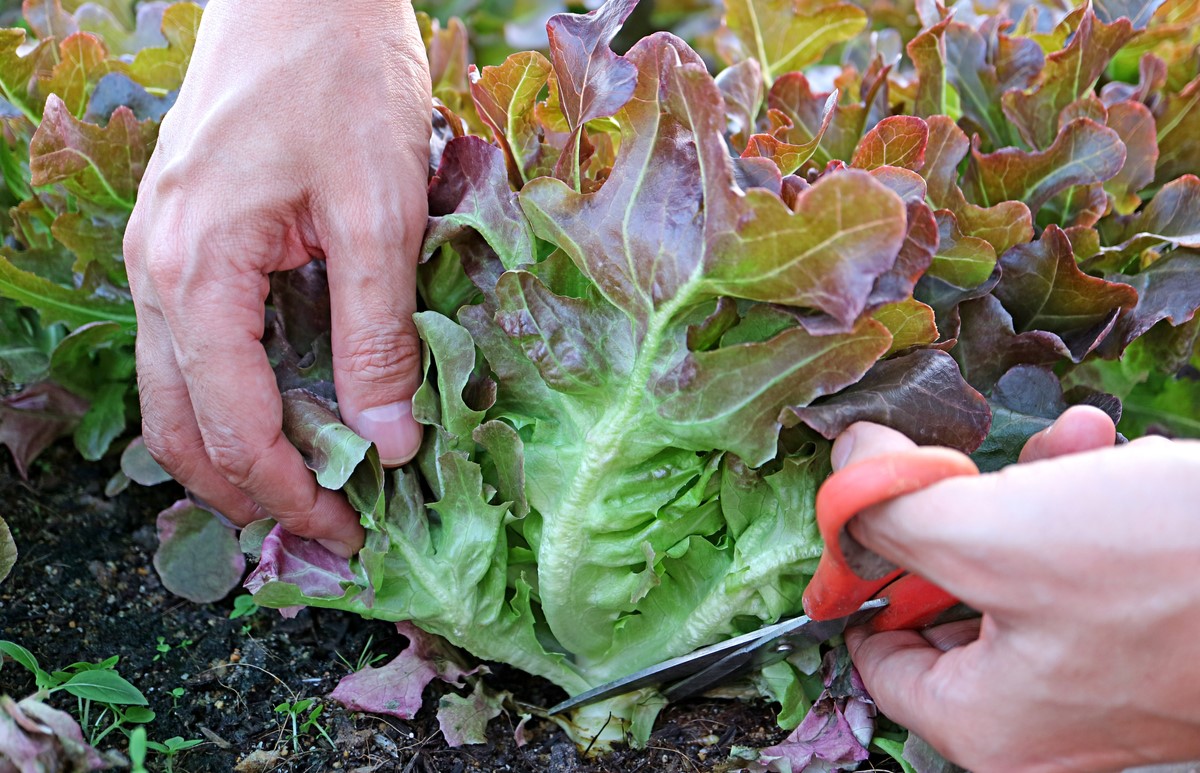
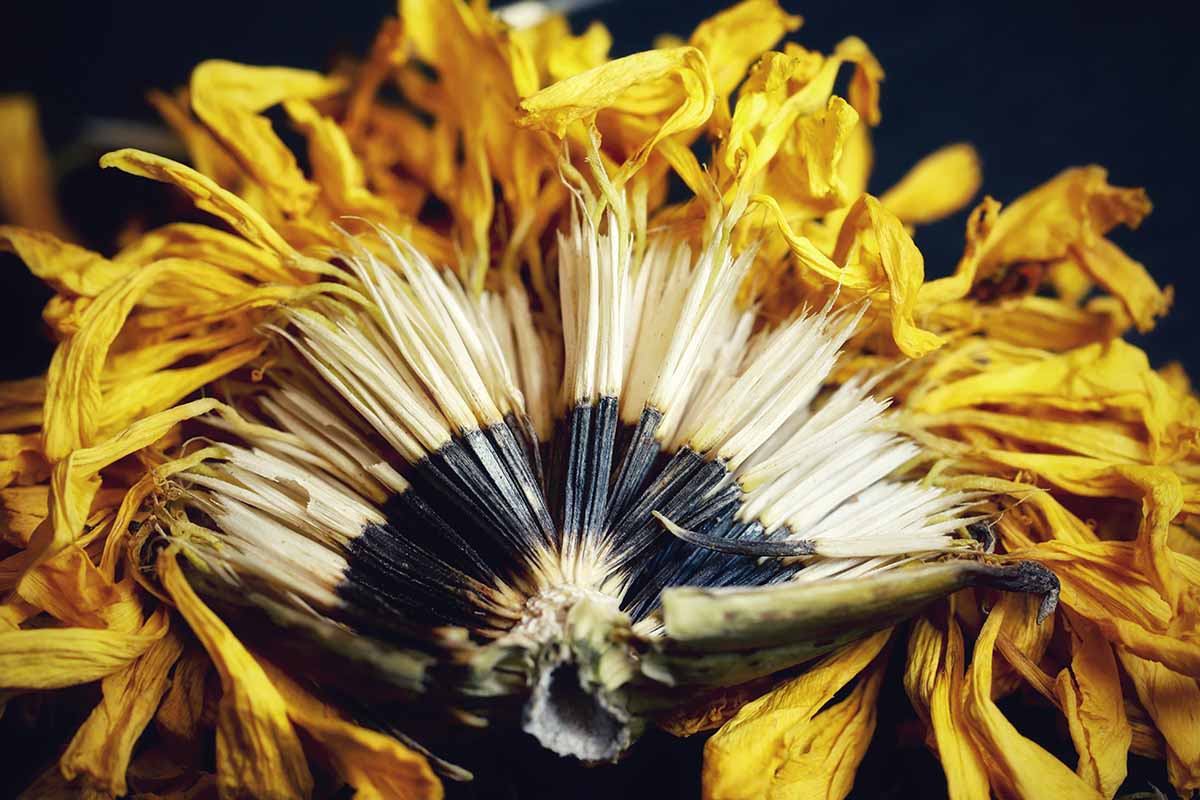
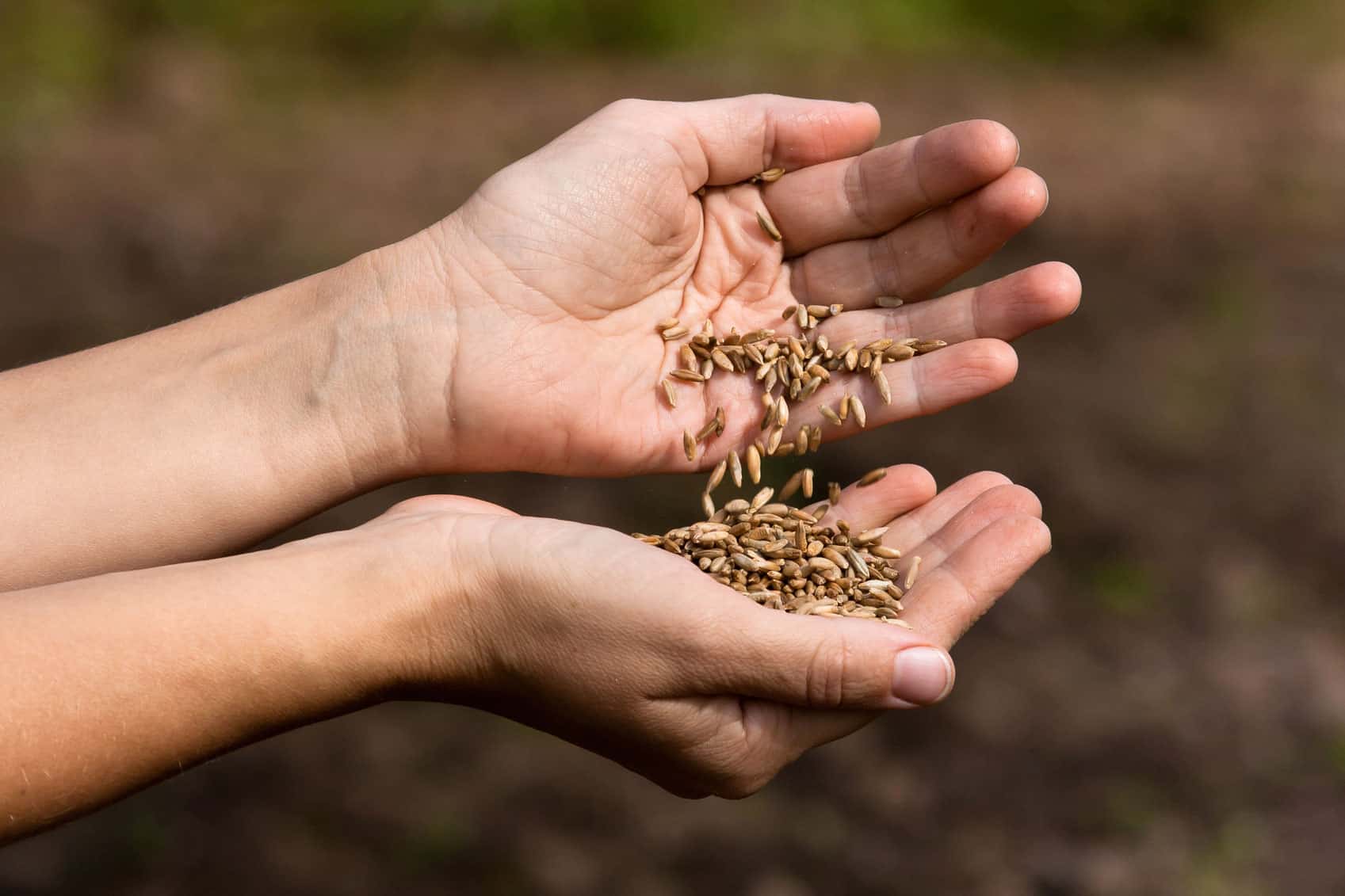
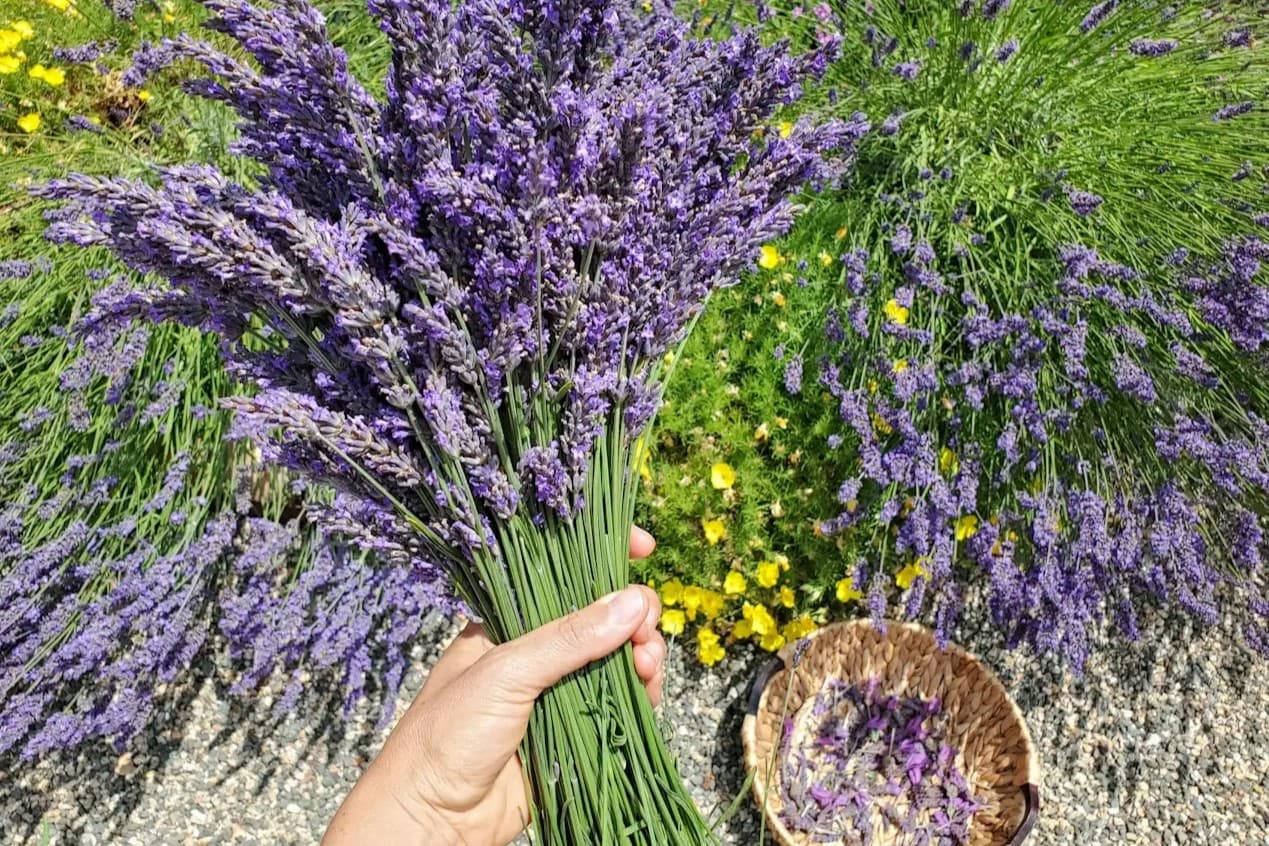
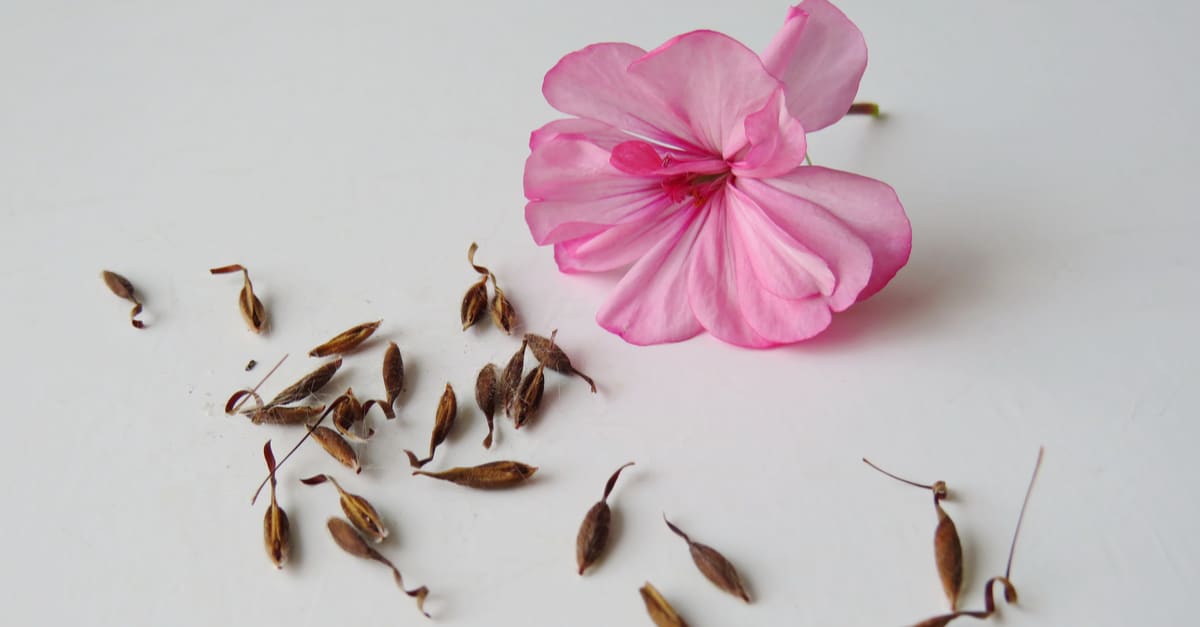
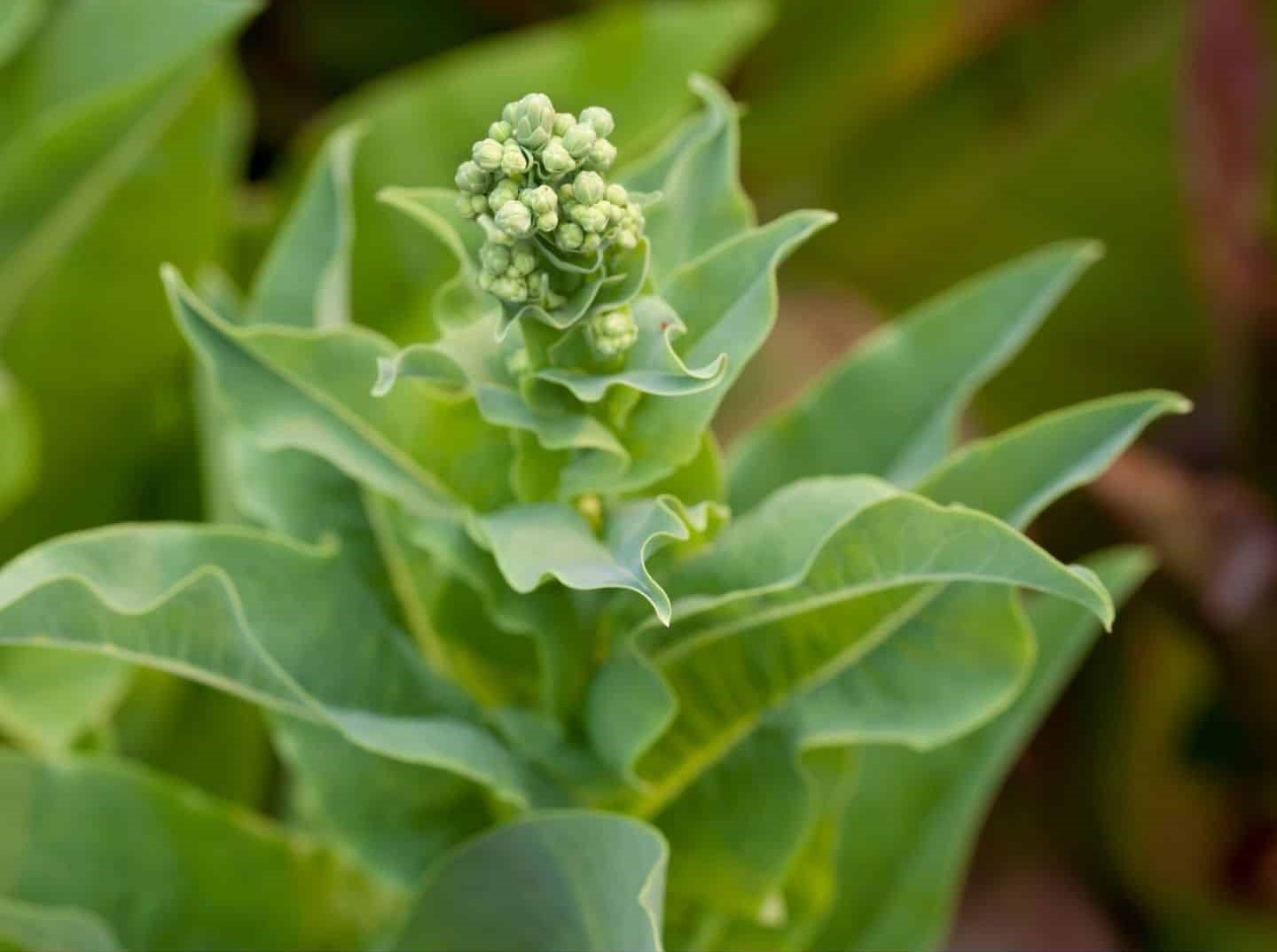
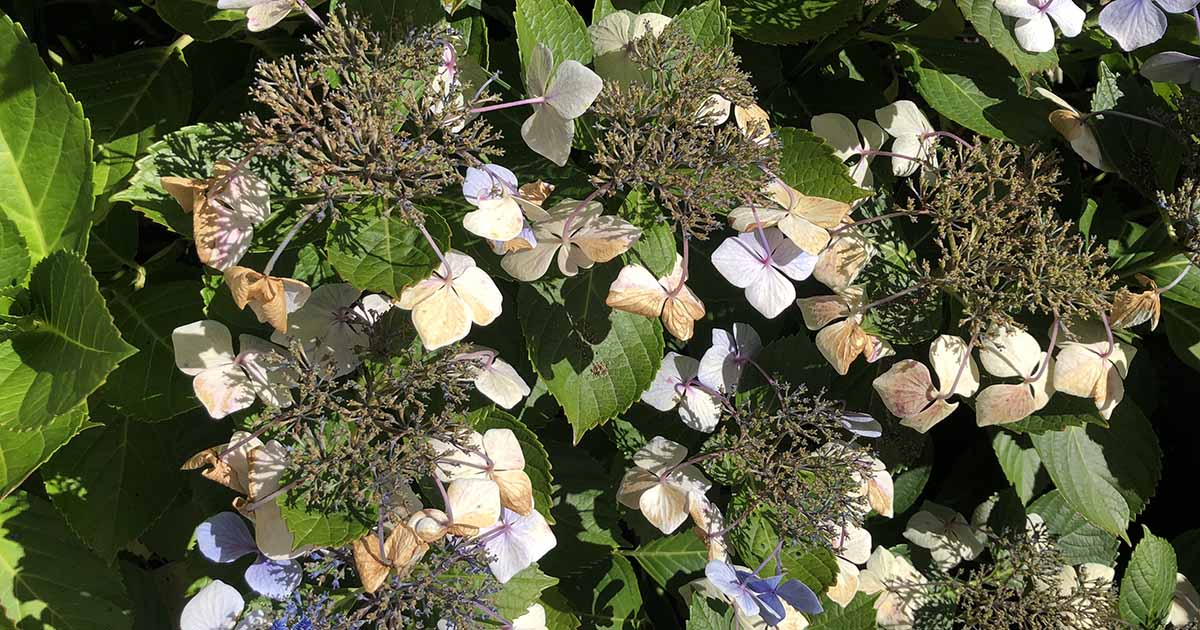
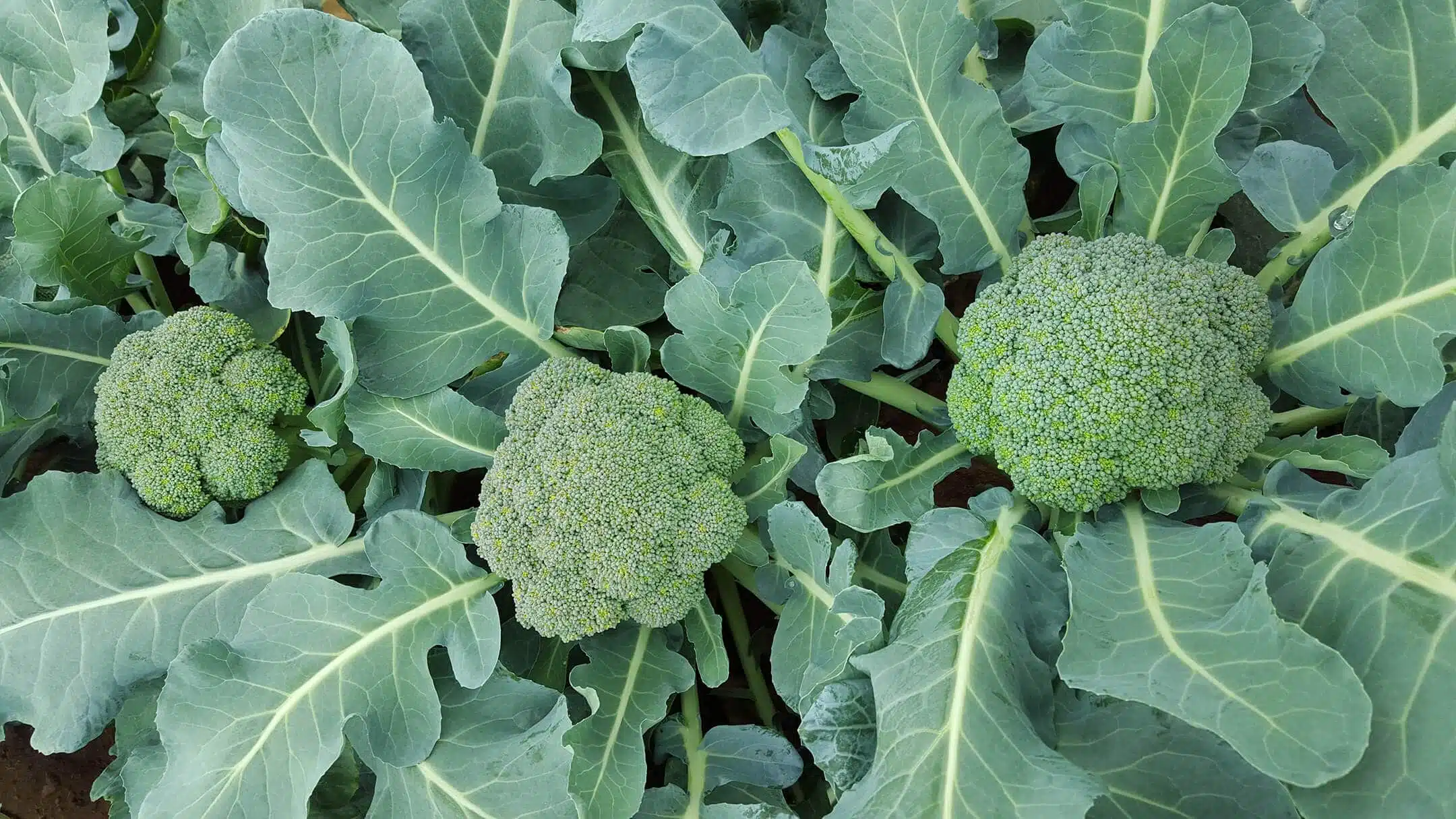
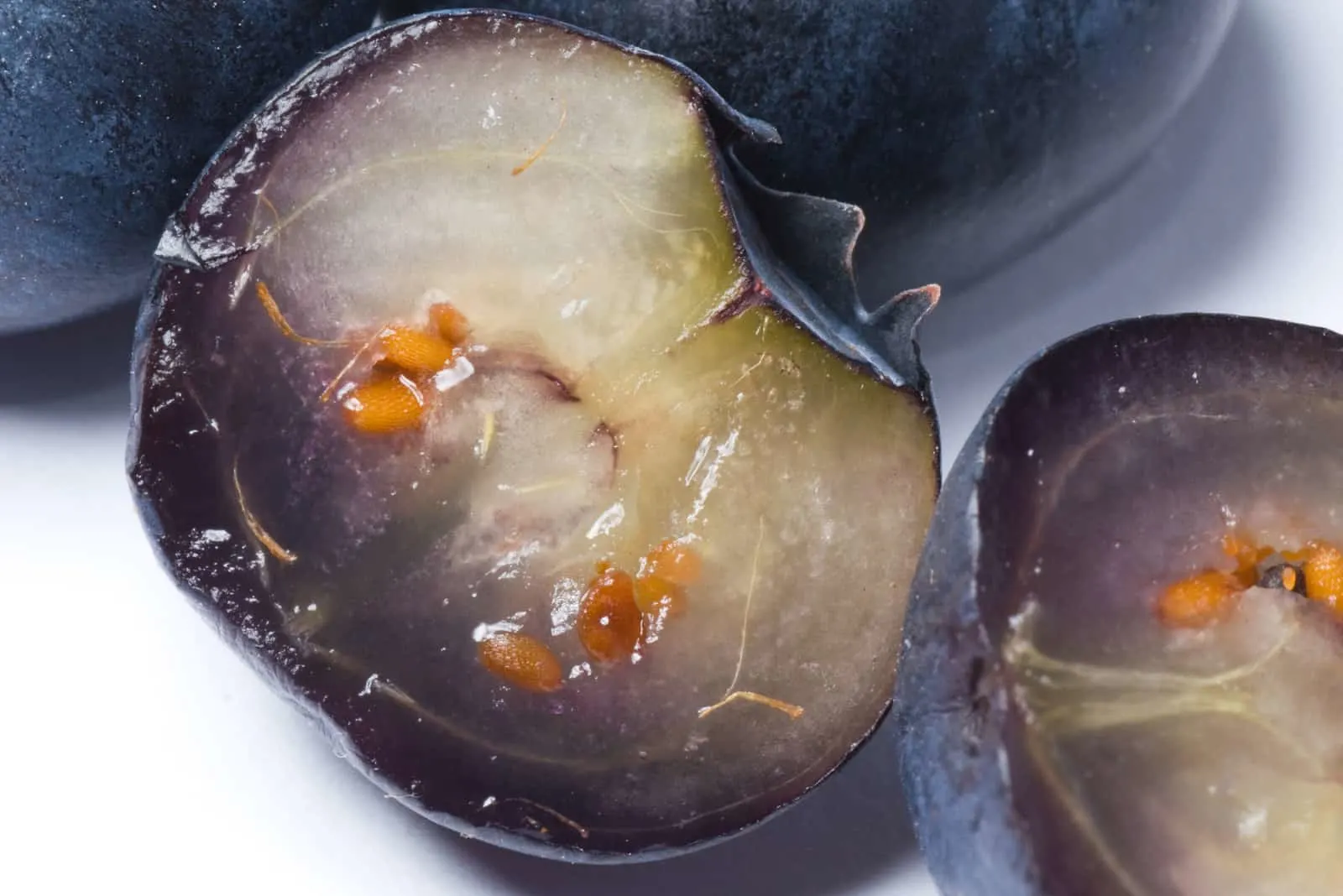

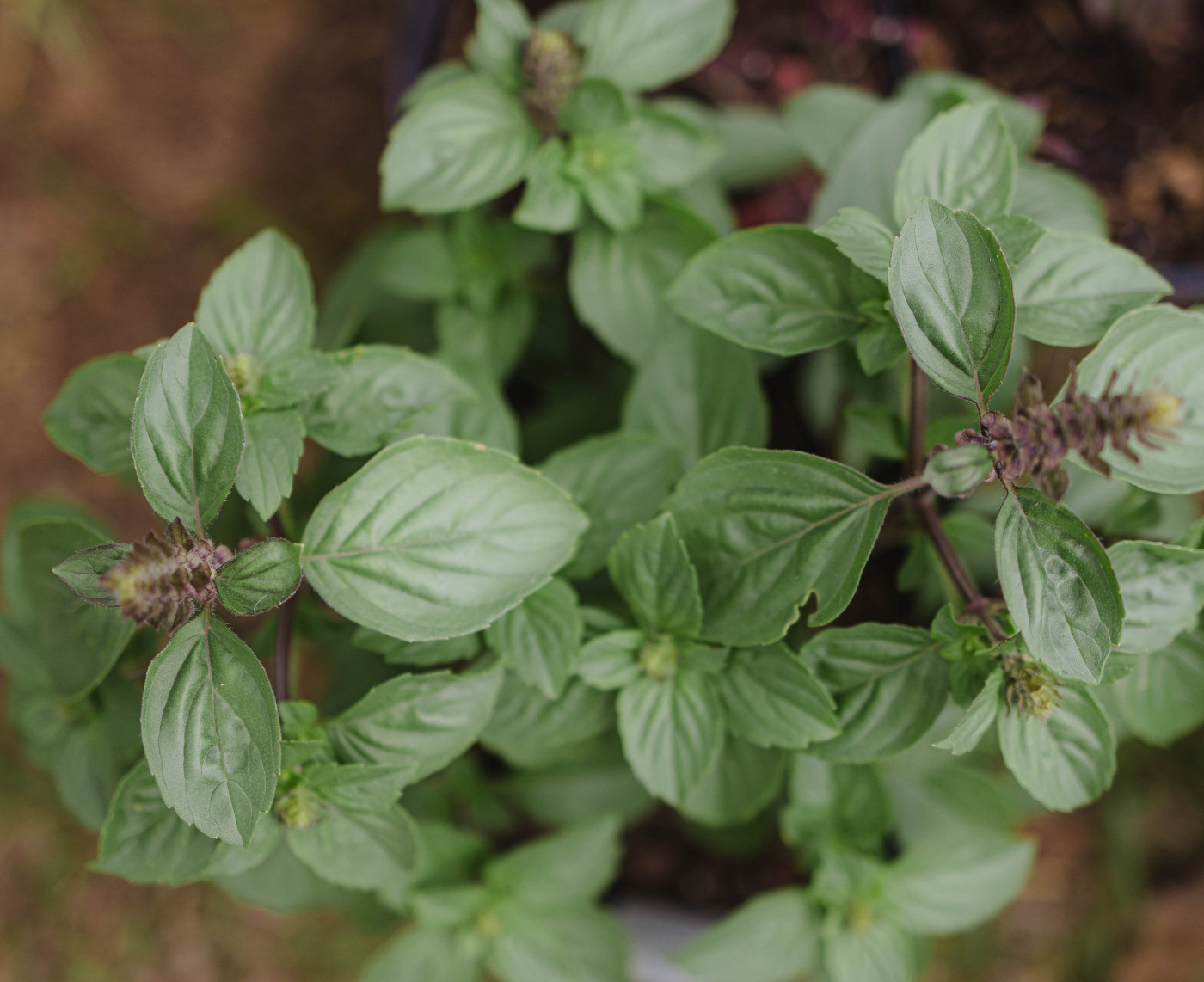
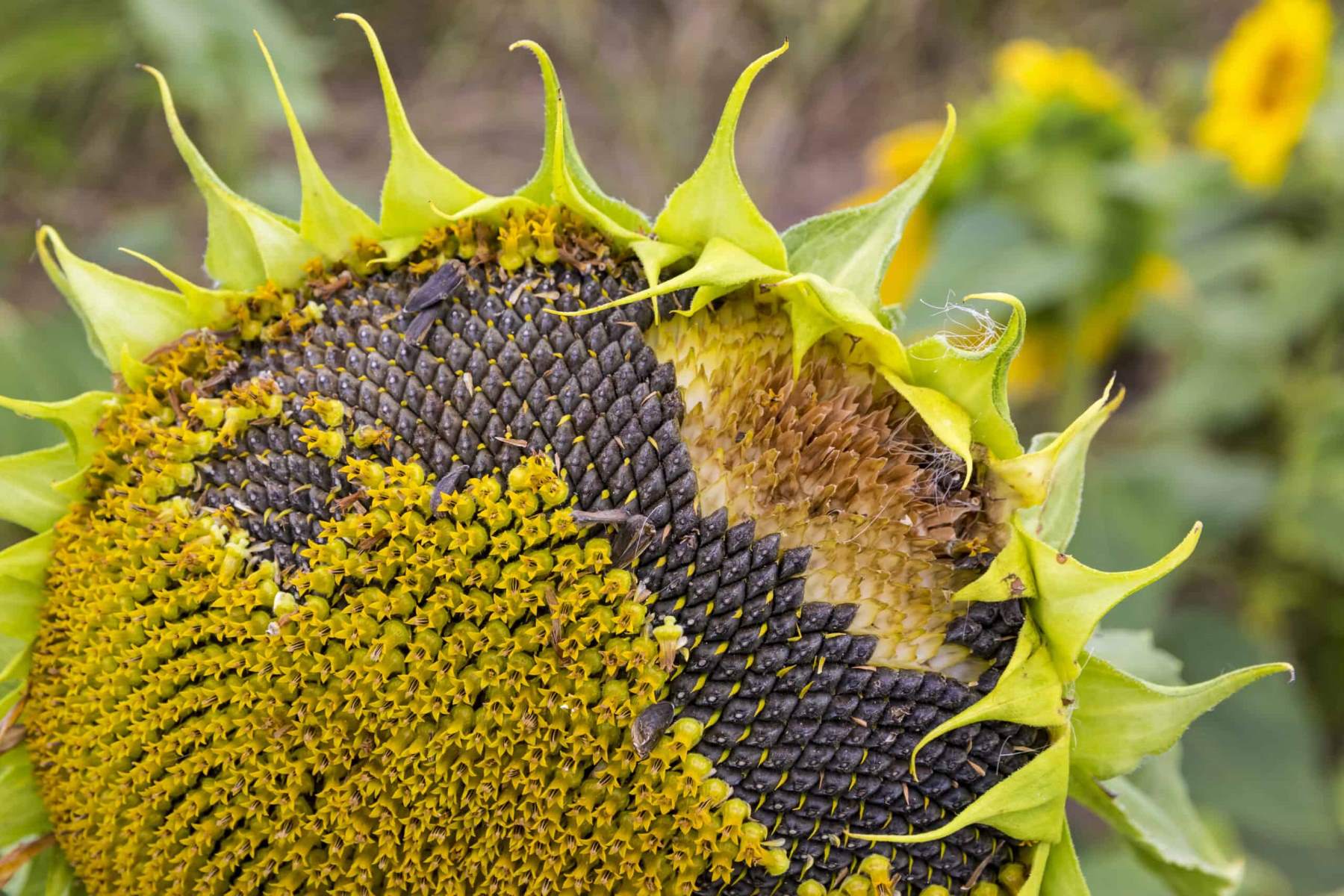
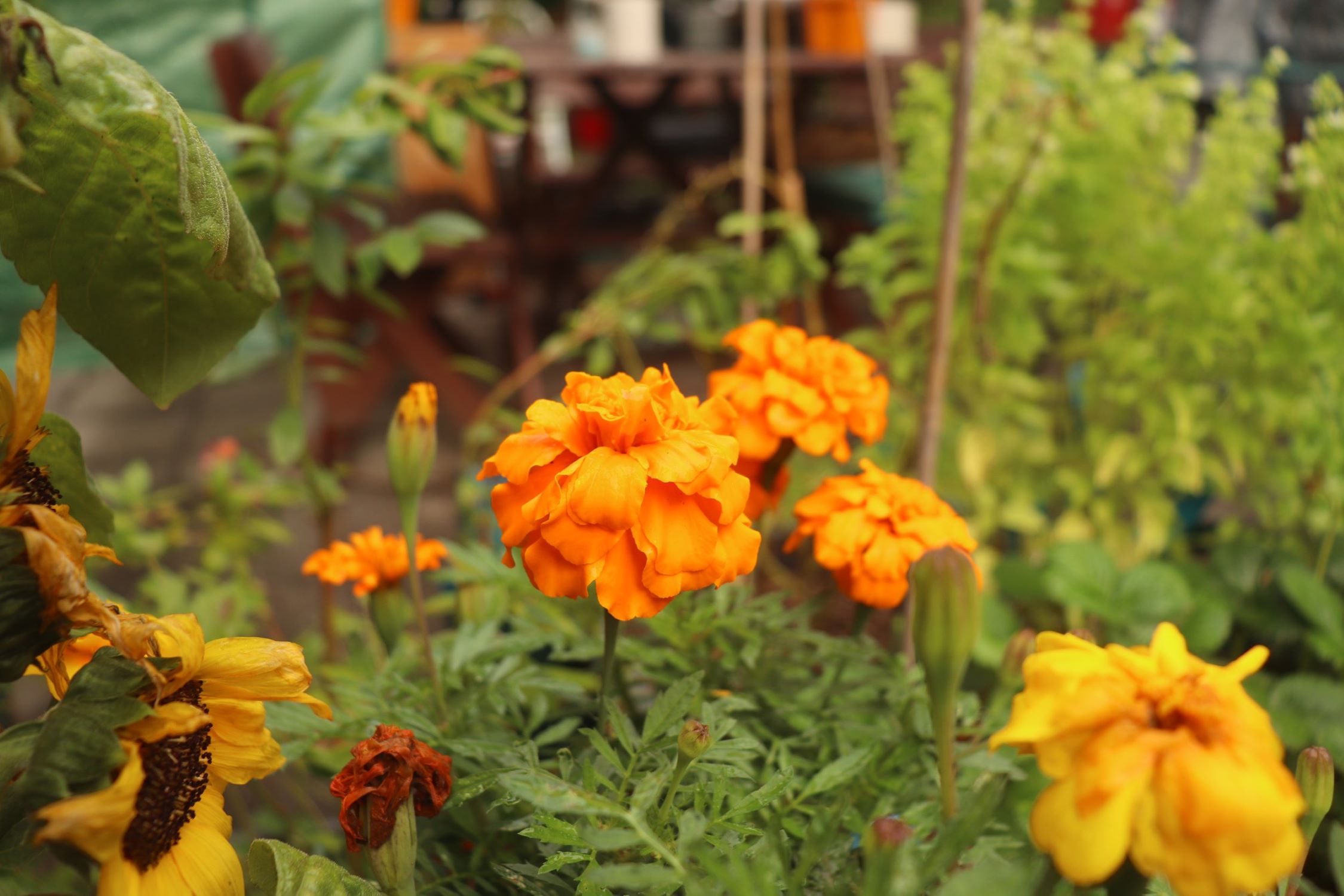

0 thoughts on “How To Get Seeds From Wildflowers”